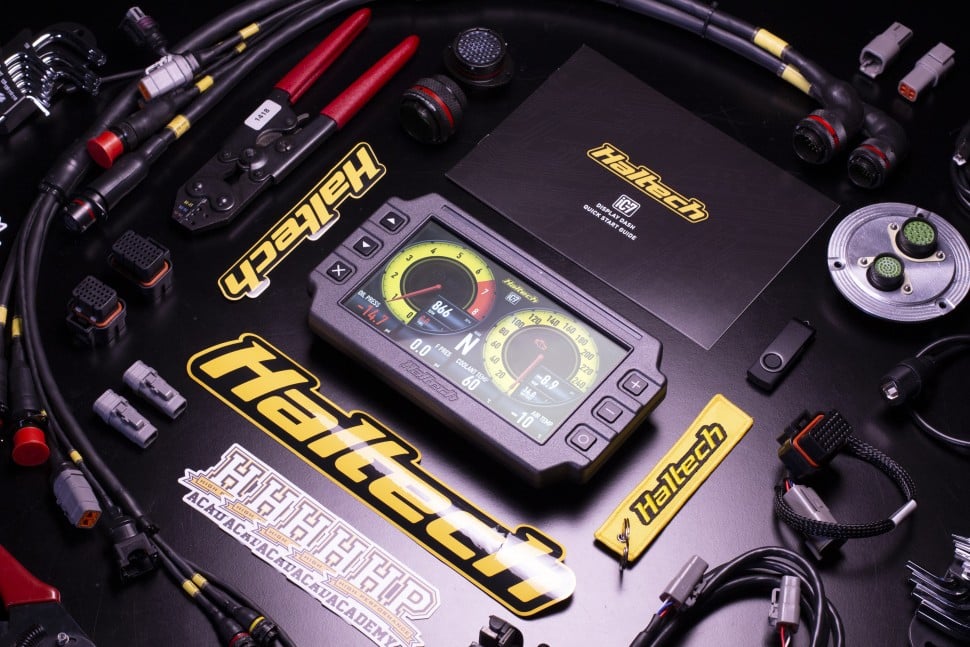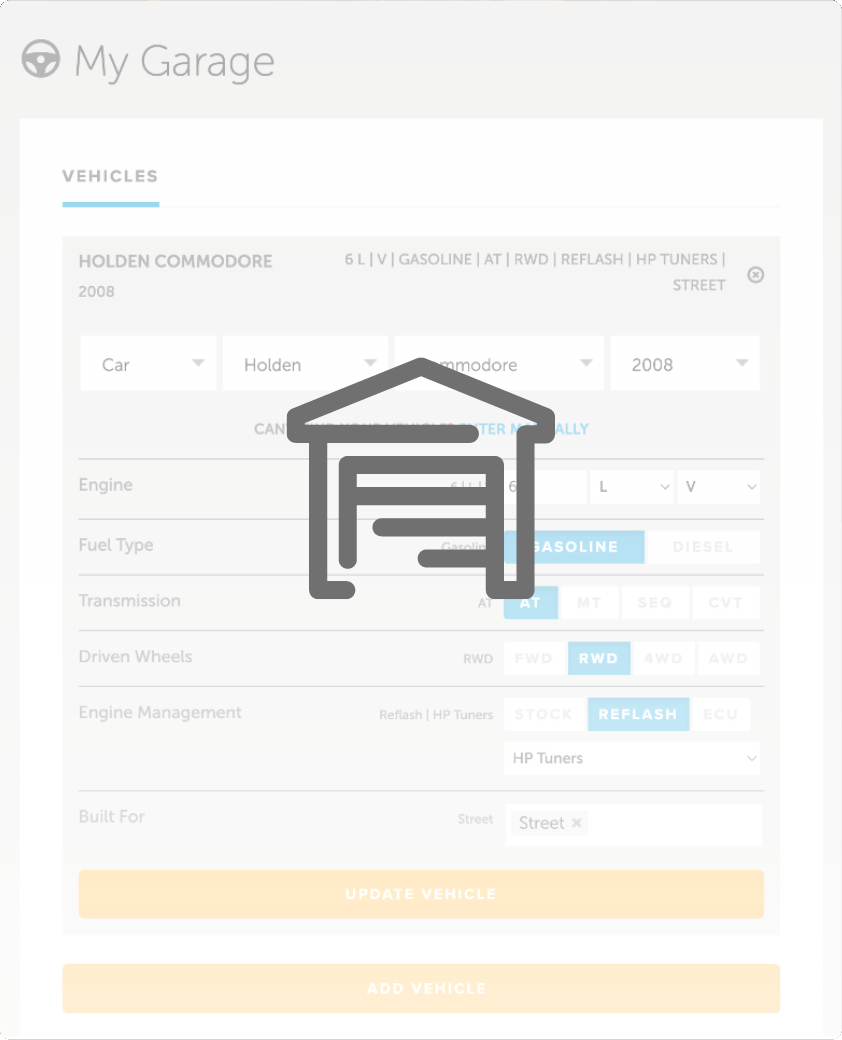| 00:00 |
The first step of our six step process of course is to read the stock file out of the engine control module.
|
| 00:06 |
And one of the reasons we want to do this of course is so that we can save that stock file so that at a later point if maybe we're not happy with the direction that our tune's going, we've always got that base file that we can revert back to.
|
| 00:19 |
There's a couple of additional challenges that we need to face when we are tuning a late model Dodge vehicle though.
|
| 00:26 |
The first of those is that we're going to need to purchase what's referred to as a smart access cable from HP Tuners.
|
| 00:33 |
And this is an additional cable that essentially overcomes some of the security features with the vehicle and allows us to actually read and write the engine control module, as well as applying some of the special features that the scanner software allows.
|
| 00:47 |
On top of this, the ECU or engine control module itself will also need to be sent to HP Tuners to be unlocked.
|
| 00:54 |
So, we need to understand that because that can of course throw a bit of a spanner in the works and cause quite a significant delay if you're not aware that you need to go through those two particular processes.
|
| 01:06 |
Of course we've already done this to the vehicle in question.
|
| 01:10 |
I would also urge you to make sure that you've got the latest version of the VCM suite software, so that's the VCM editor and the VCM scanner.
|
| 01:20 |
And it's always preferable, at least in my experience and opinion, to use the beta version.
|
| 01:26 |
It always gives you the most up to date version.
|
| 01:28 |
So, make sure that you've got that downloaded and installed before you get started.
|
| 01:33 |
One last warning before we actually do complete our read is that we do want to make sure that the vehicle's battery is in good condition and well charged and likewise we also want to make sure that our laptop is connected to mains power.
|
| 01:47 |
We absolutely want to avoid any chance of the battery voltage in the vehicle getting too low during a read or a write for that matter, or likewise our laptop going flat, that's one very quick way to potentially brick our ECU so we absolutely want to avoid that.
|
| 02:04 |
What we can do now is head into the VCM scanner software and what we're going to do is use our little read vehicle icon up in the toolbar here and we can just click on that.
|
| 02:13 |
What we'll do now is we'll just get the key to the run position and we can click on gather info.
|
| 02:21 |
Once the VCM editor software has gathered information about the vehicle we can see what vehicle we're dealing with here, of course we already know, 2020 Dodge Challenger RT with a 5.7 litre V8.
|
| 02:32 |
We've got the hardware here for our engine control module and then below this we've also got the hardware for our ZF 8HP automatic transmission.
|
| 02:43 |
Now, we're not going to be focusing on the tuning of the transmission of course for this particular worked example.
|
| 02:50 |
So, what we can do now is go ahead and click read and the VCM editor software is going to read from both of those controllers.
|
| 02:59 |
This is a reasonably time consuming process so we'll allow this to complete and we'll skip ahead a little bit.
|
| 03:06 |
At this point we've completed reading from the engine control module and as we can see we've got this pop up telling us that we need to turn the ignition off, wait 10 seconds, turn it back on and press OK.
|
| 03:15 |
So, of course we're going to do exactly what we're told.
|
| 03:18 |
Alright, our 10 seconds has elapsed there, we can turn the ignition back on, click OK and the software will now wait 15 seconds before reading from the transmission control module.
|
| 03:28 |
Then it'll go through and complete that read as well.
|
| 03:31 |
Alright, at the completion of our read we're again prompted to turn the ignition off, wait 10 seconds, turn it back on and click Ok, so we'll go ahead and get that done now.
|
| 03:38 |
Now, we're prompted to save our file and of course we're going to use our usual strategy here, starting with the registration and the type of vehicle we're dealing with and then we're going to use the tag stock so we know we've got this stock file.
|
| 03:53 |
So, let's go ahead and enter that now.
|
| 03:58 |
Alright, so we've got our file now saved, we can look through all of the parameters and tables, but we're going to go and save our file again and we're going to come up to the top left hand corner and go to the file menu and we're going to come down to save as and what we're going to do is just change the tag here to tuned and this is going to be the file we'll work from.
|
| 04:22 |
The reason we're doing this and saving the file twice is that this is just going to prevent any chance of us inadvertently making changes to our stock file.
|
| 04:31 |
We always want to retain that stock file so we've always got something to fall back on.
|
| 04:35 |
If maybe the tune isn't quite going how we expected or we've made a change that we don't like, we've always got the ability to revert back to that stock file using the compare function or for that matter just writing the entire file back into the vehicle.
|
| 04:49 |
So, at this stage we've got our read complete, we've got our stock file saved, we've also resaved it with the tuned tag so we've got something to work from, it's time to move on with the next step of our process.
|





